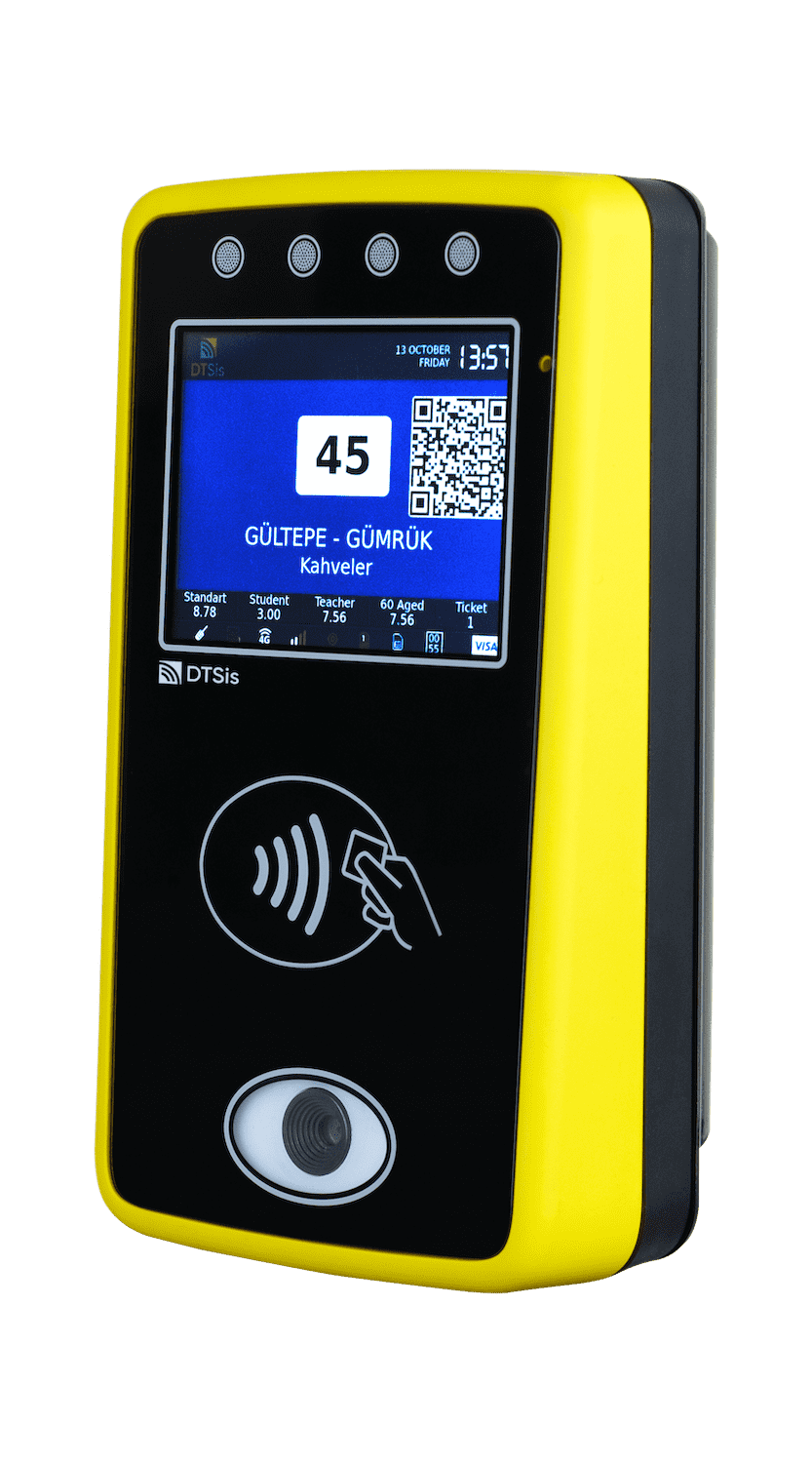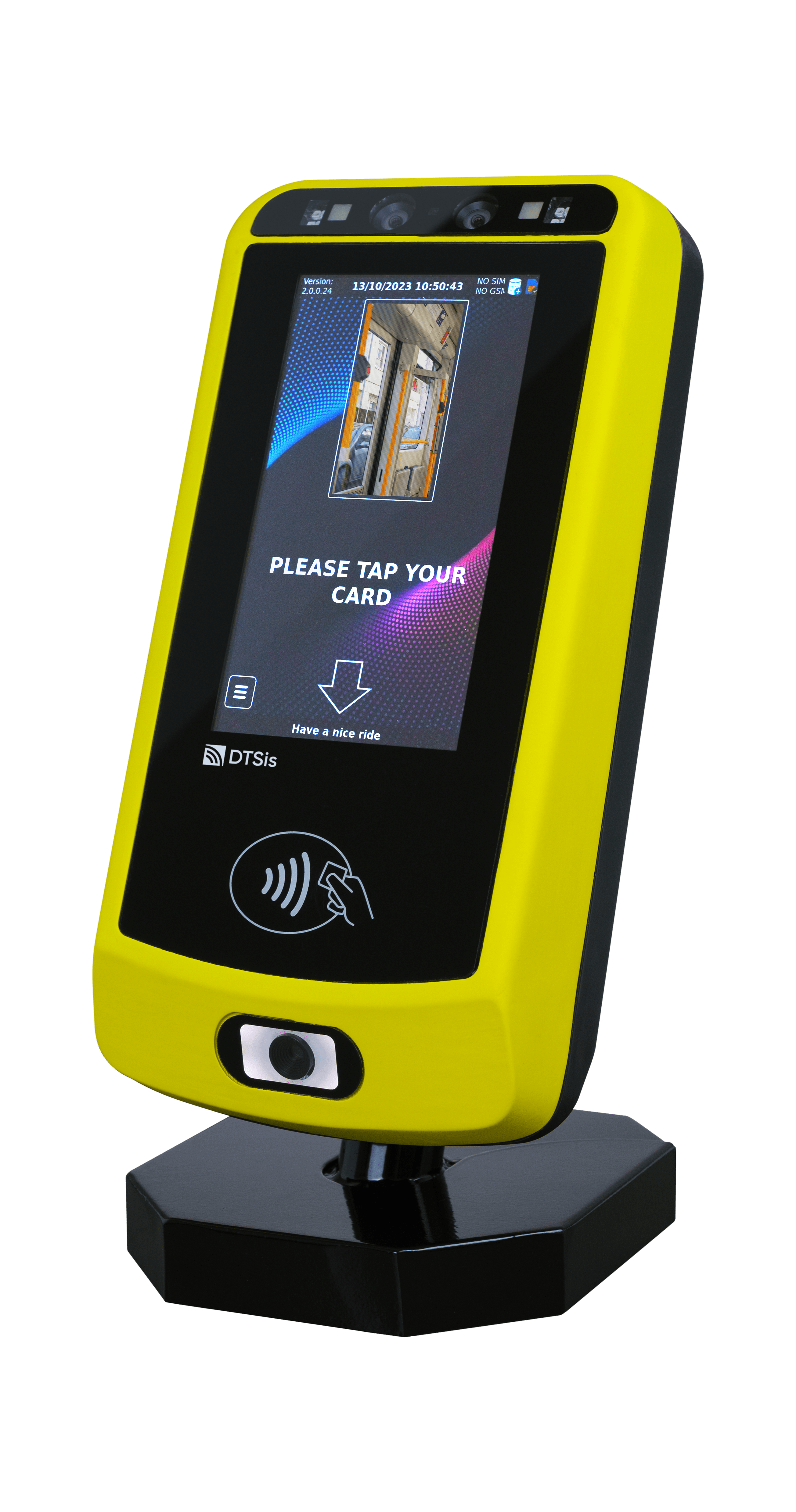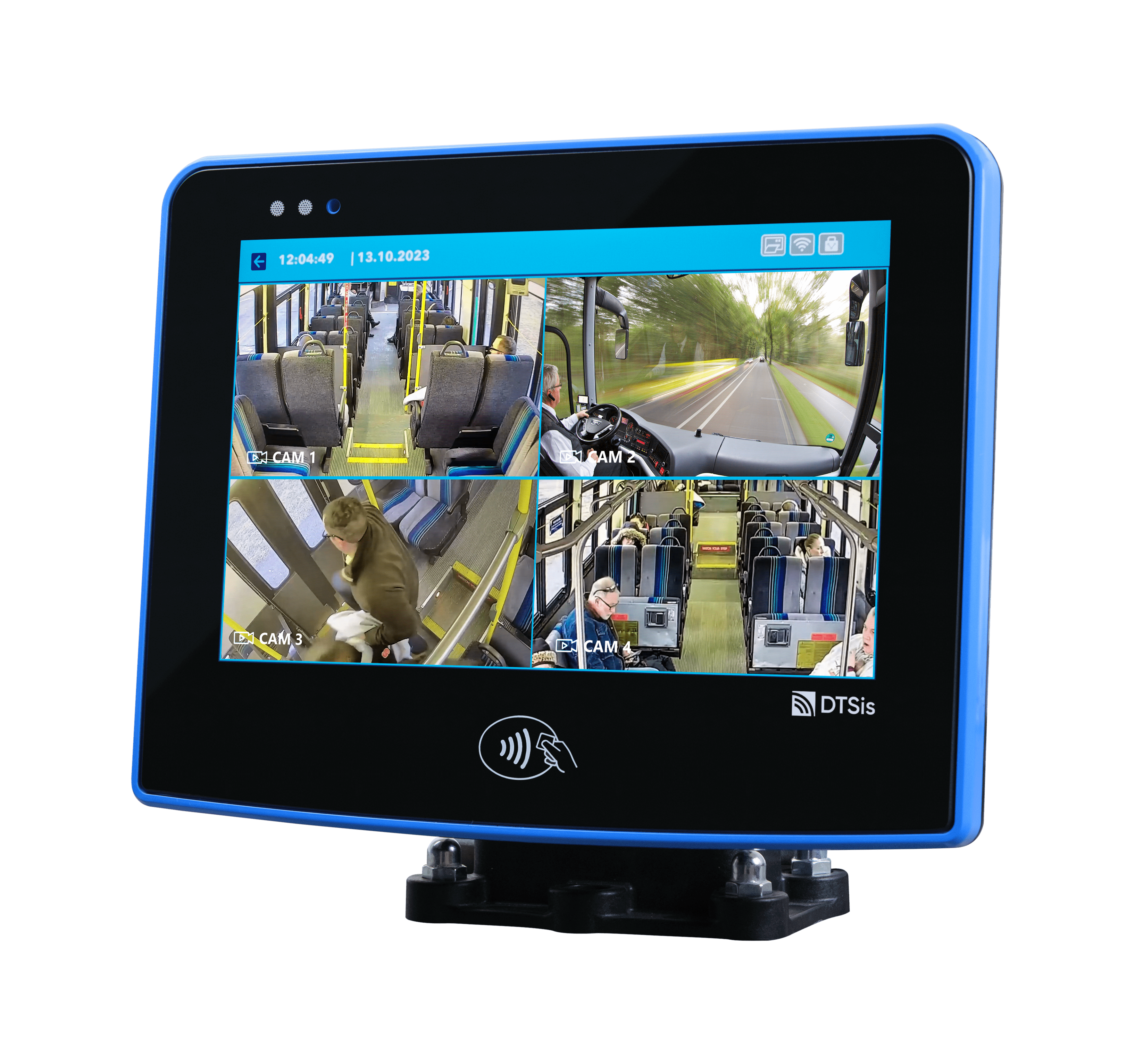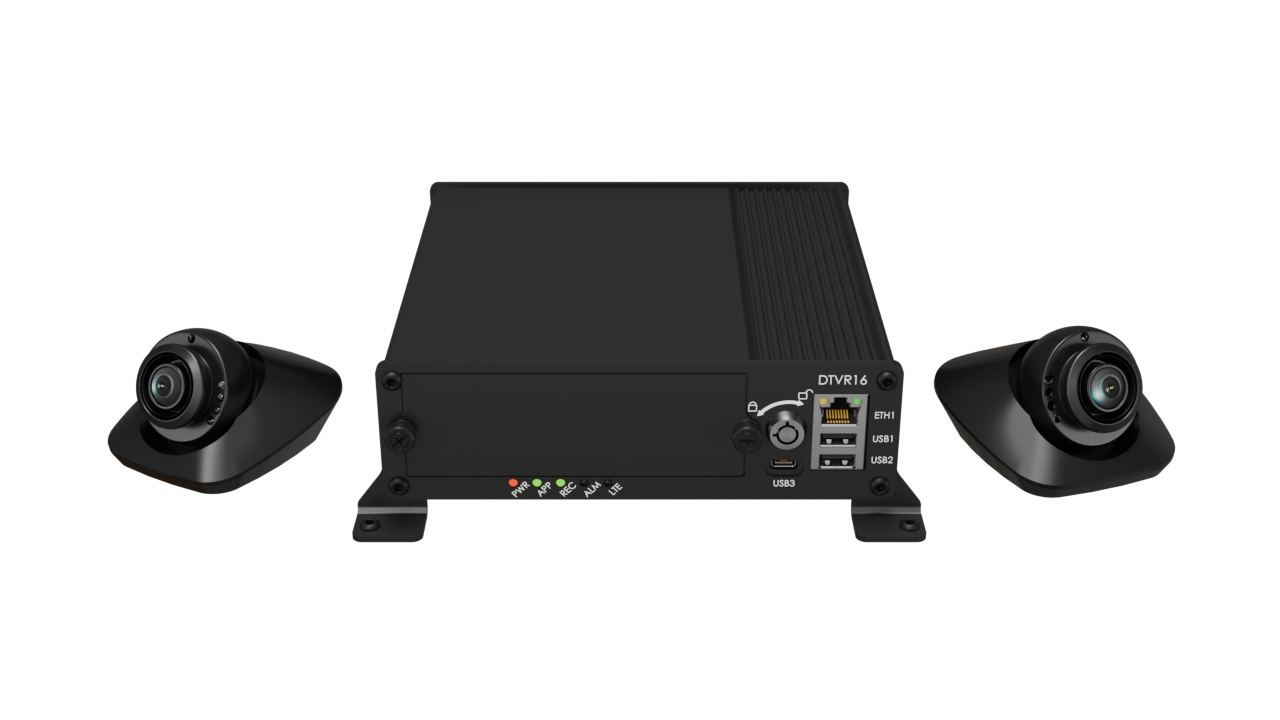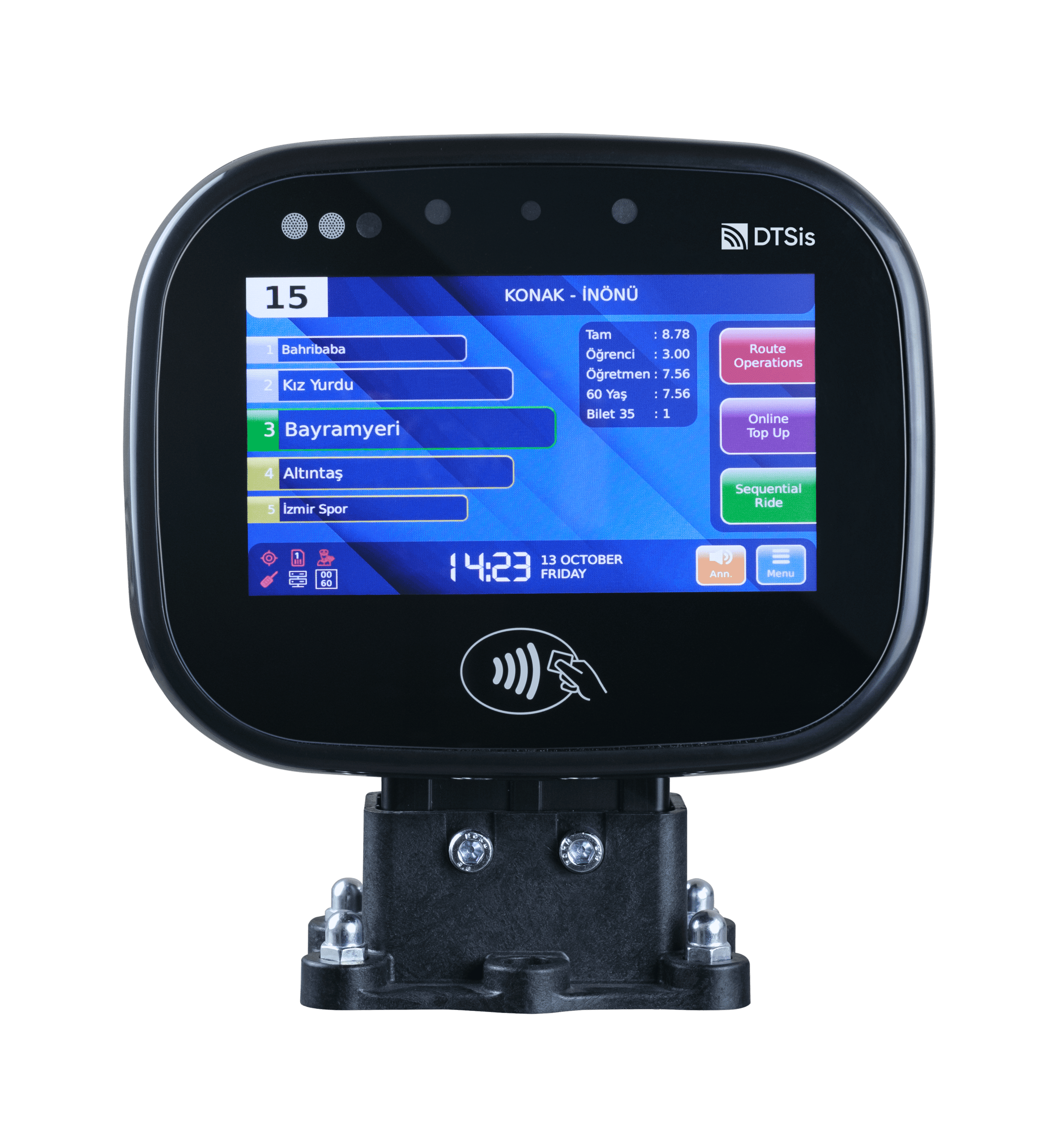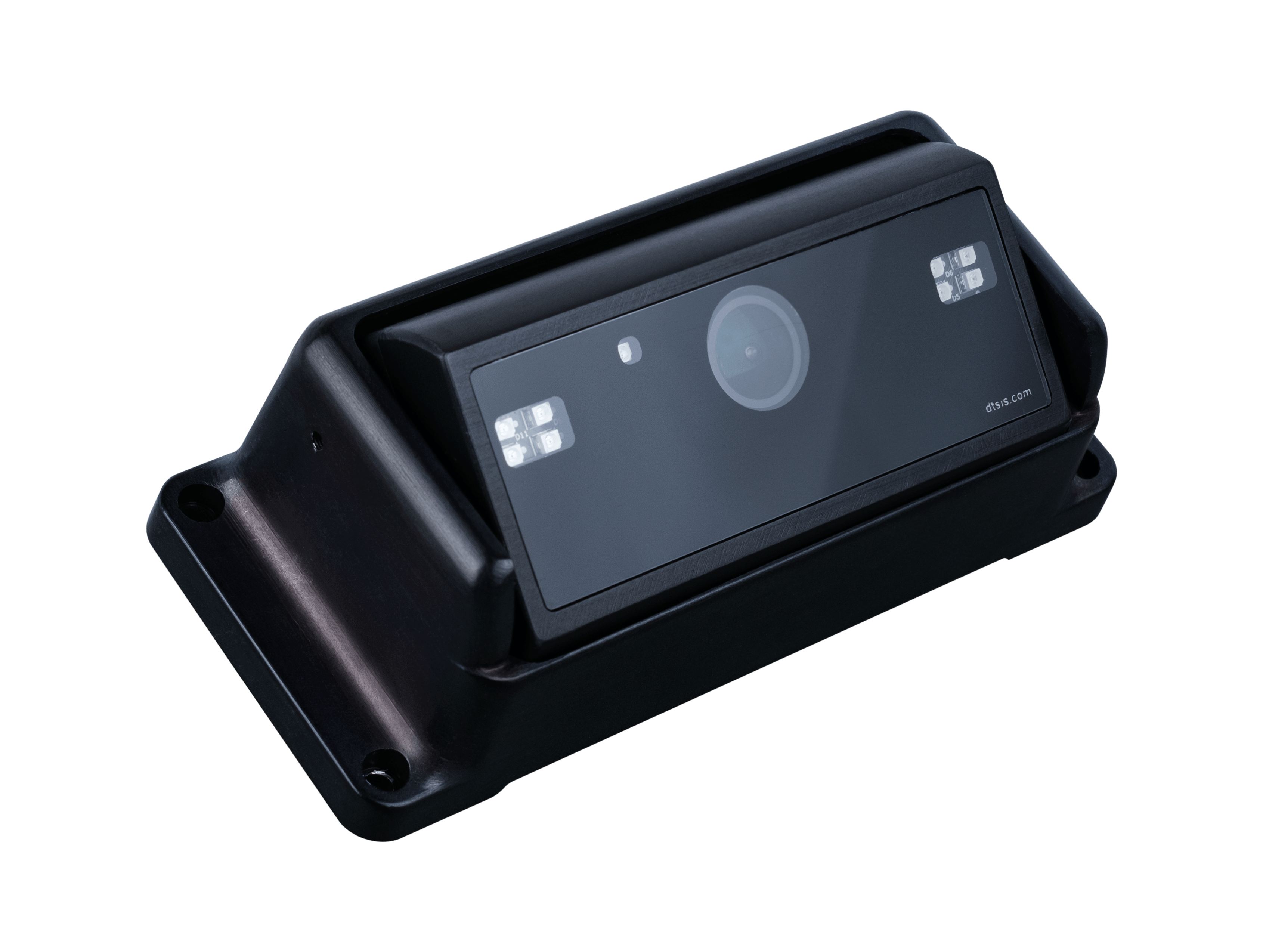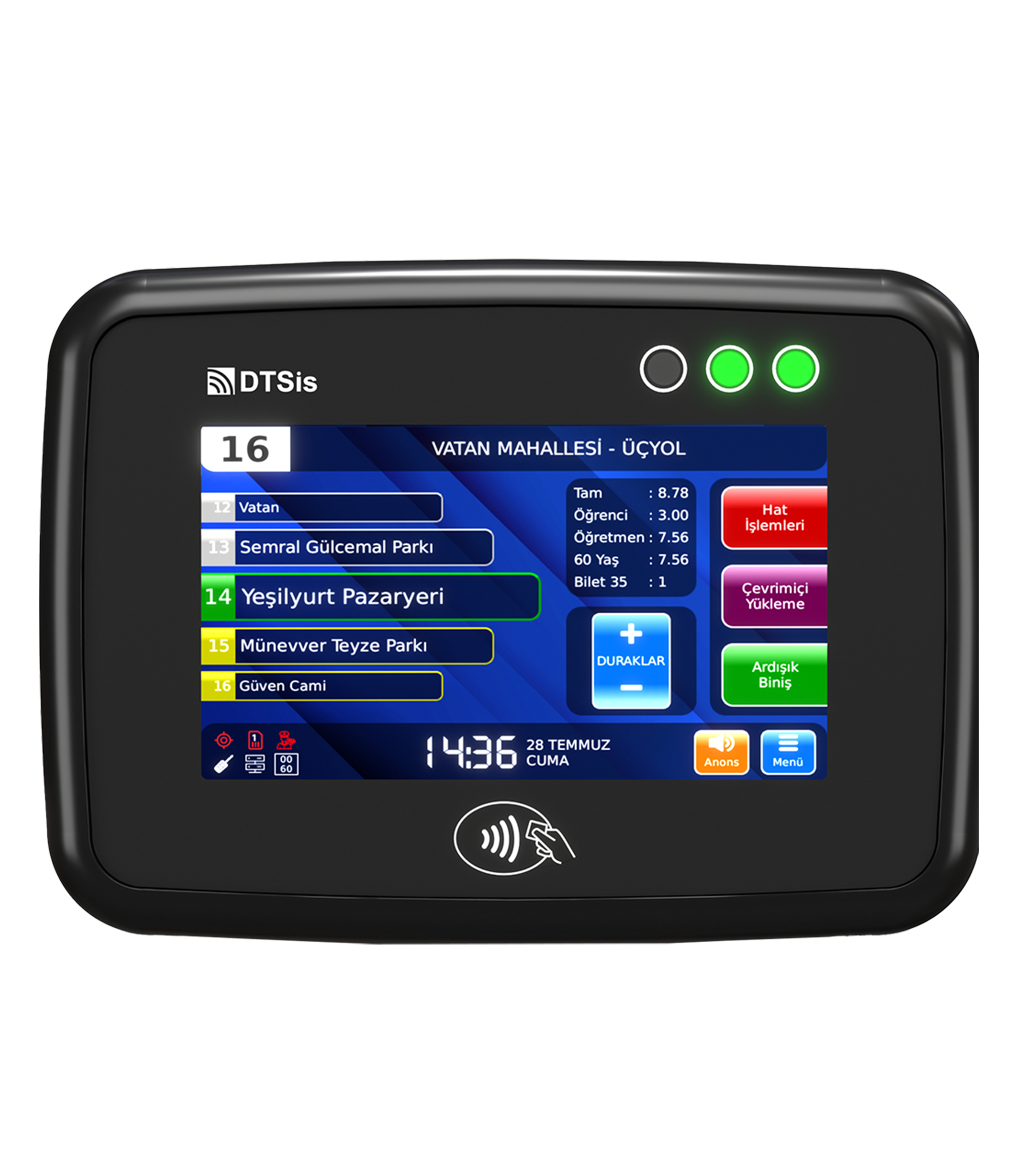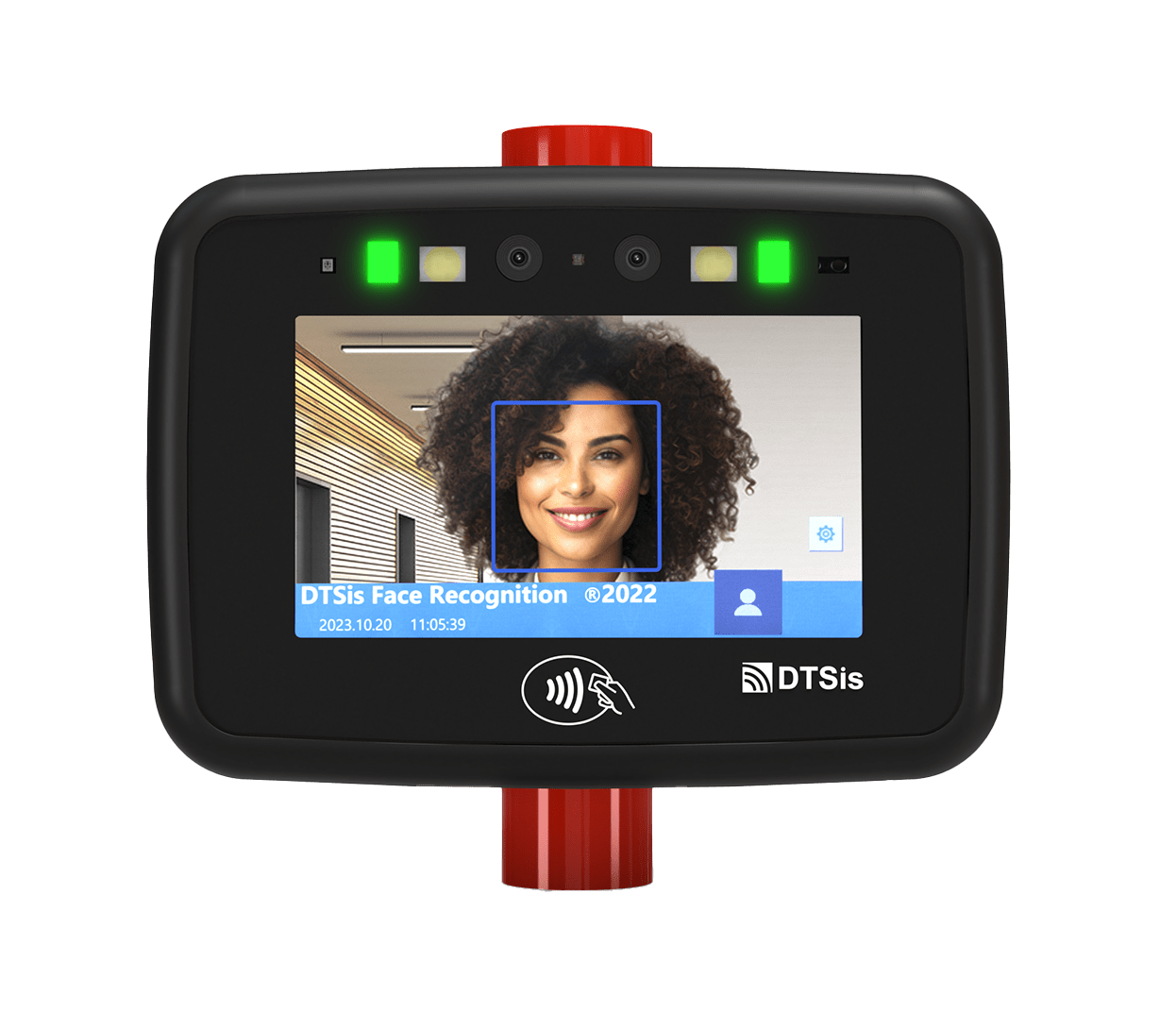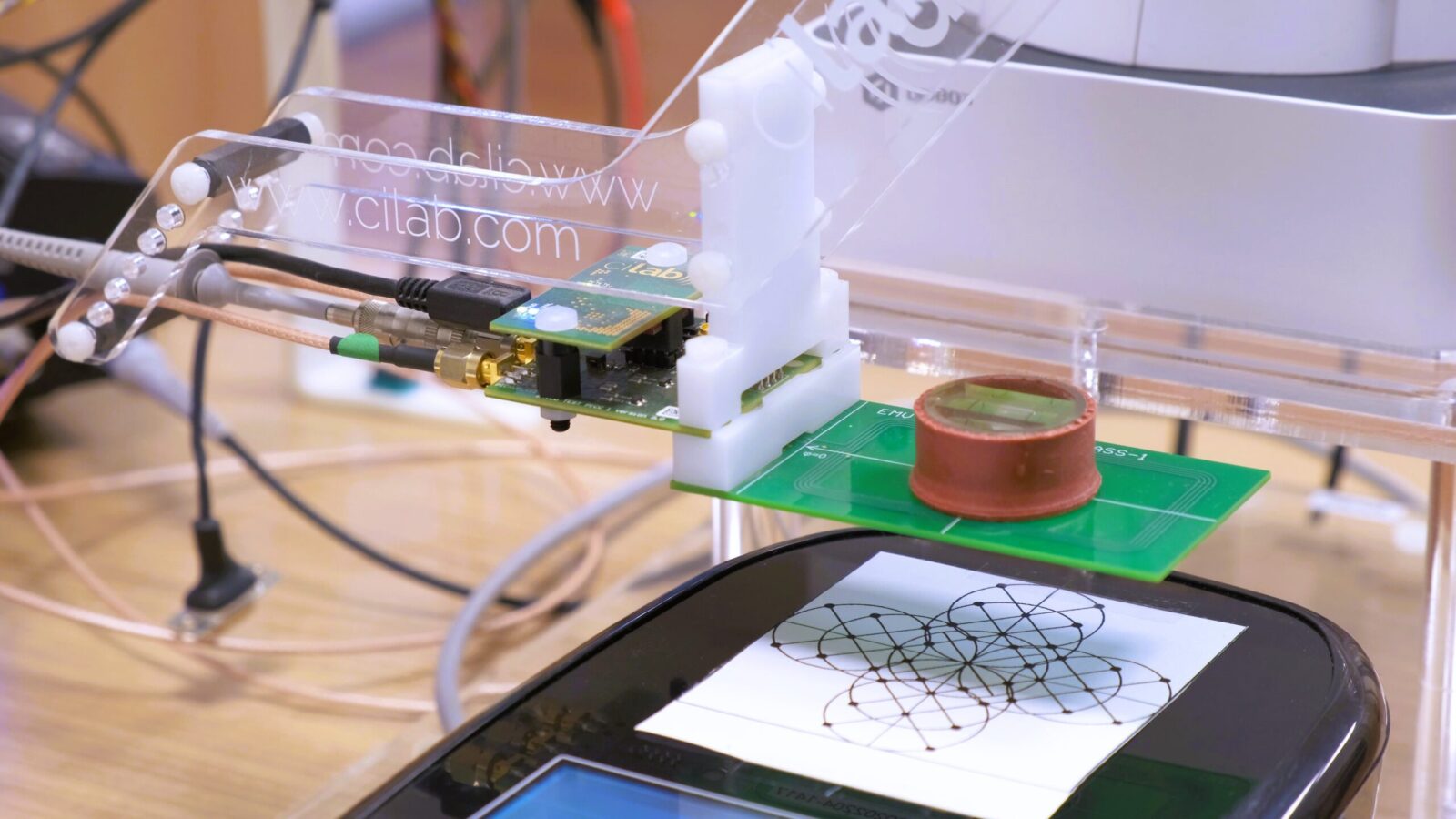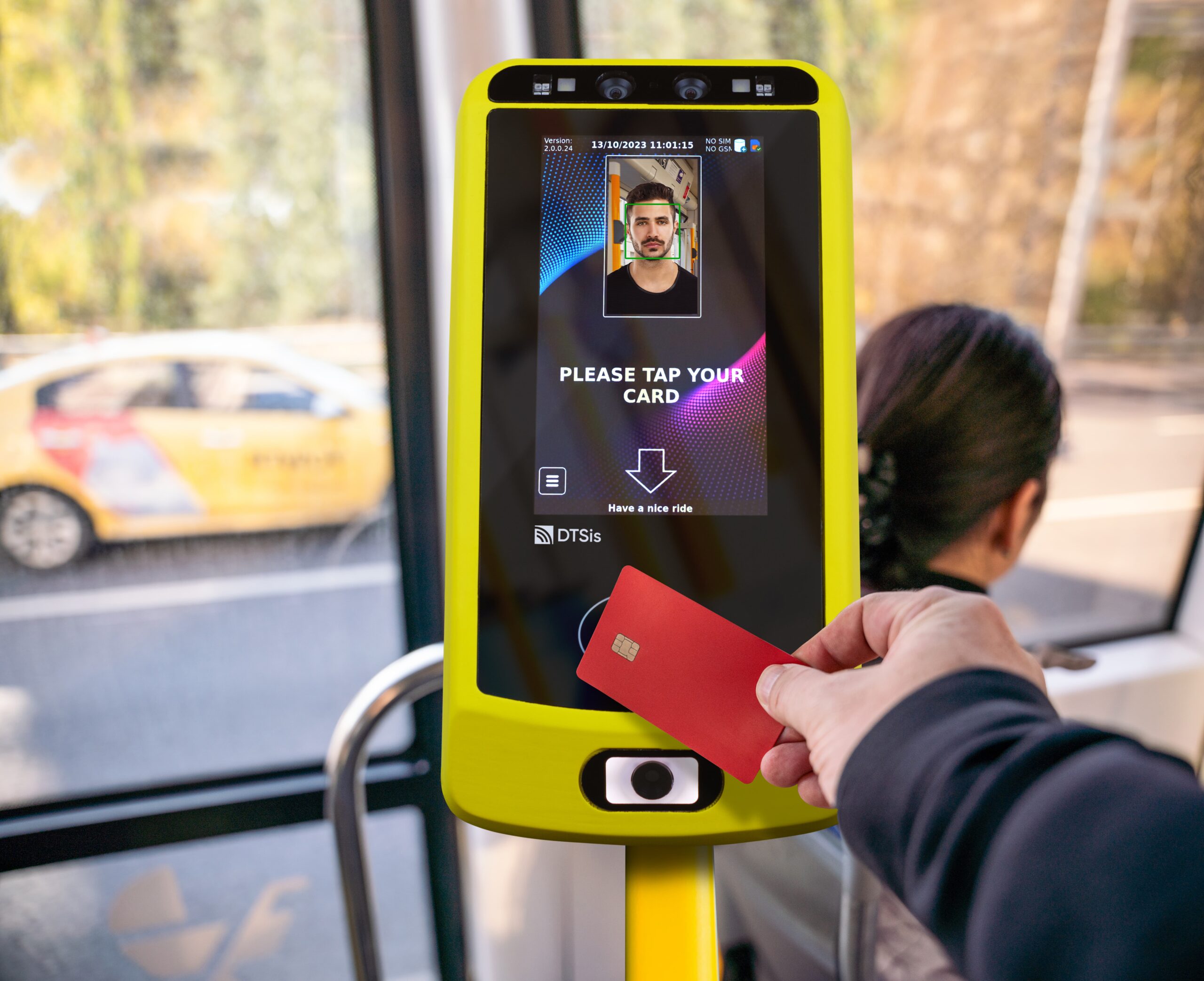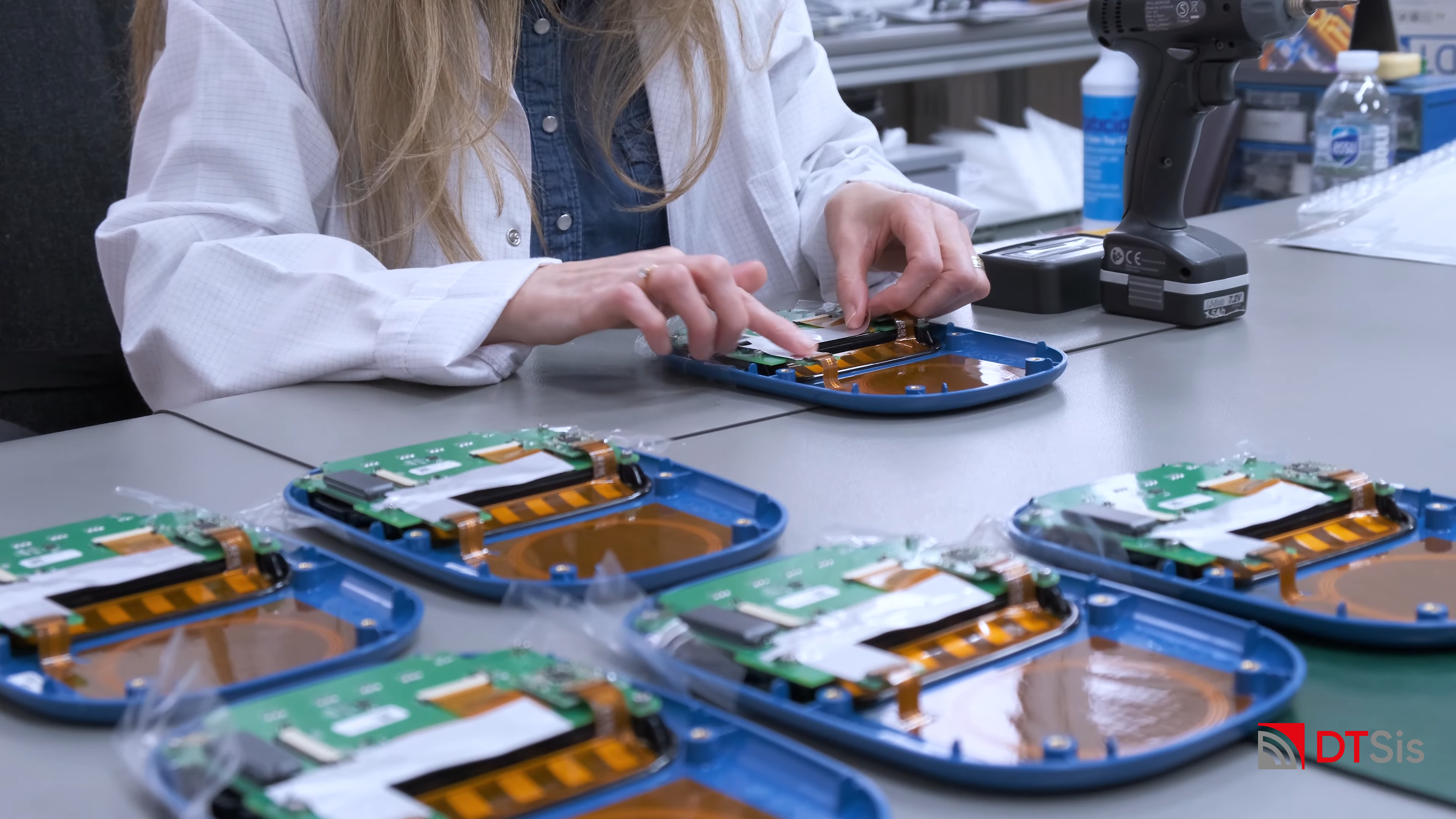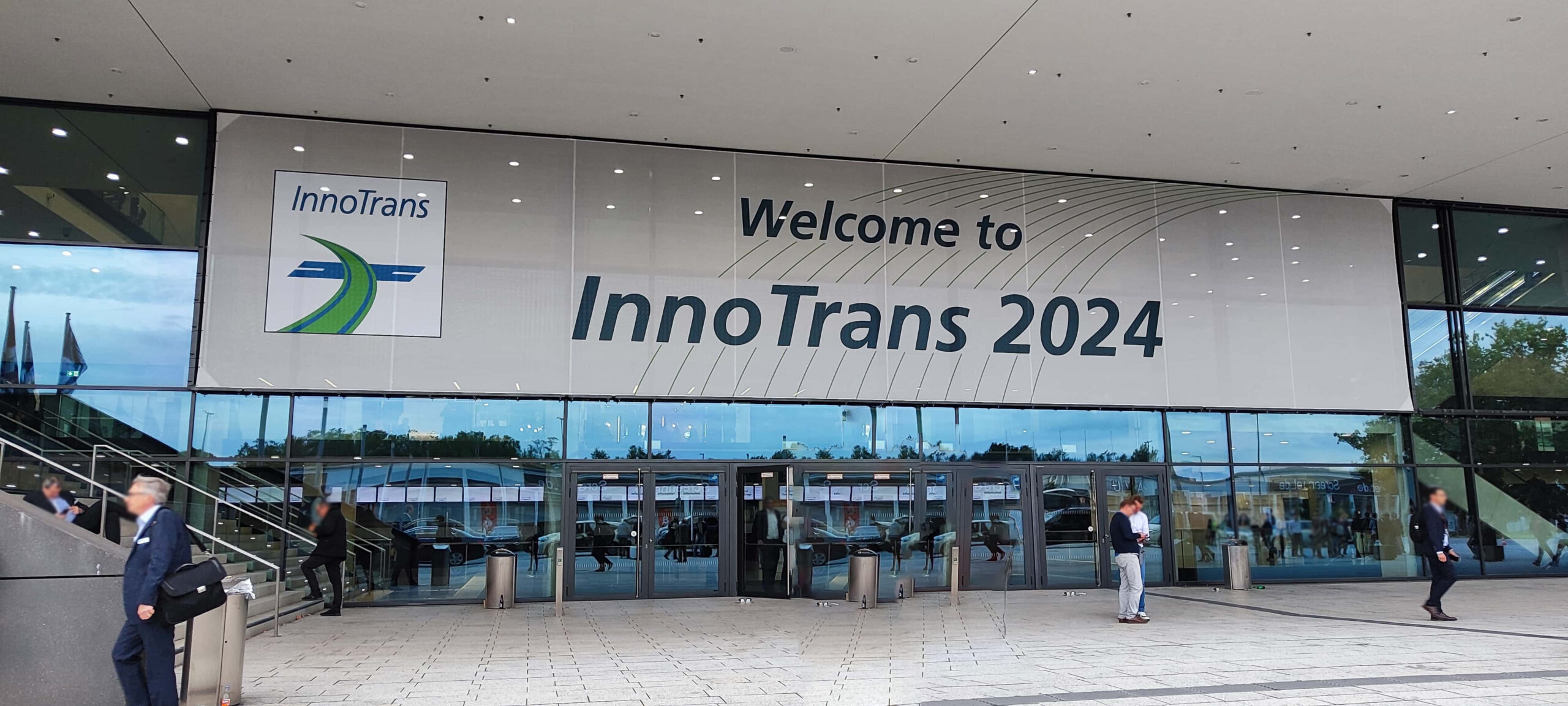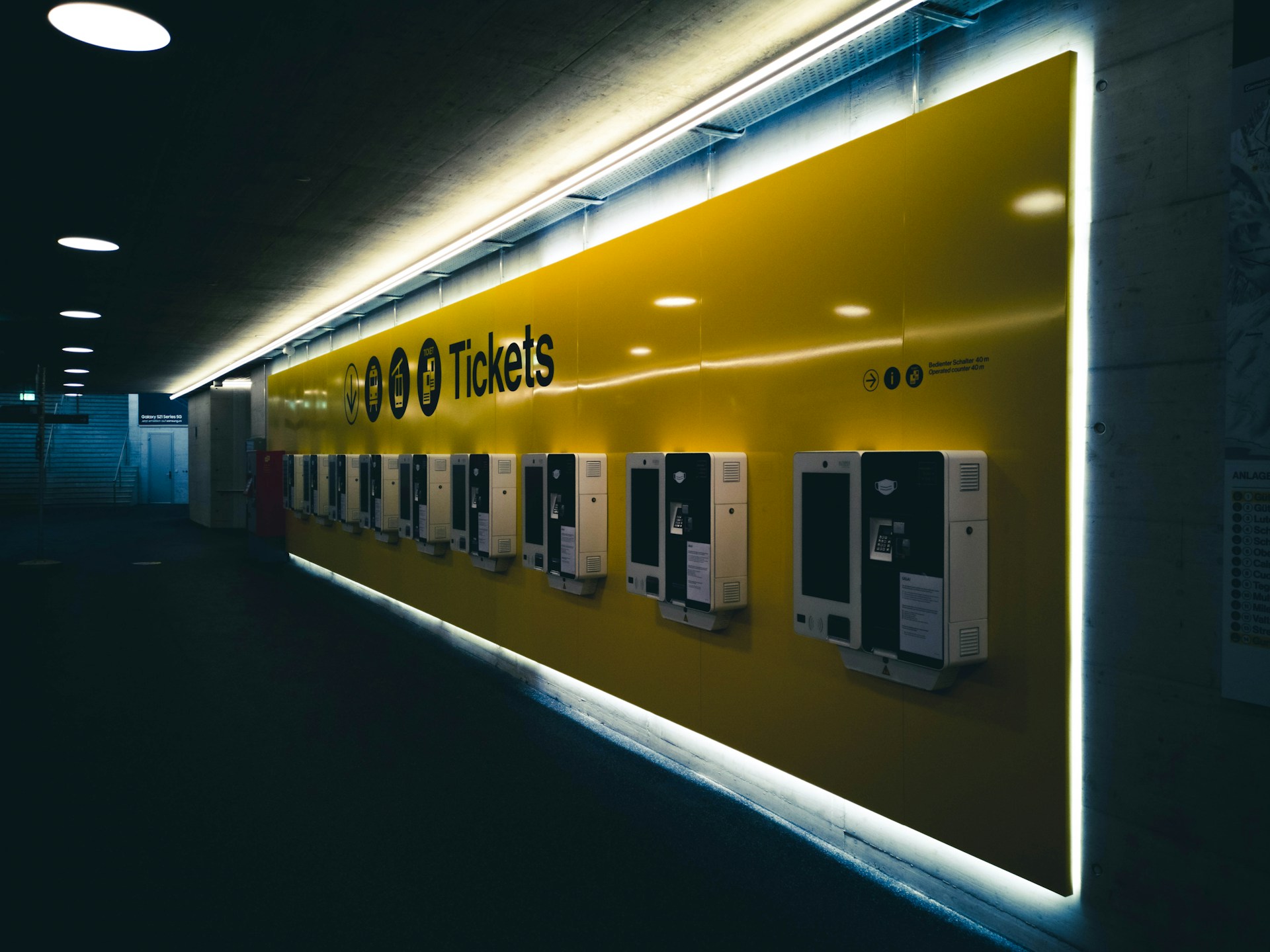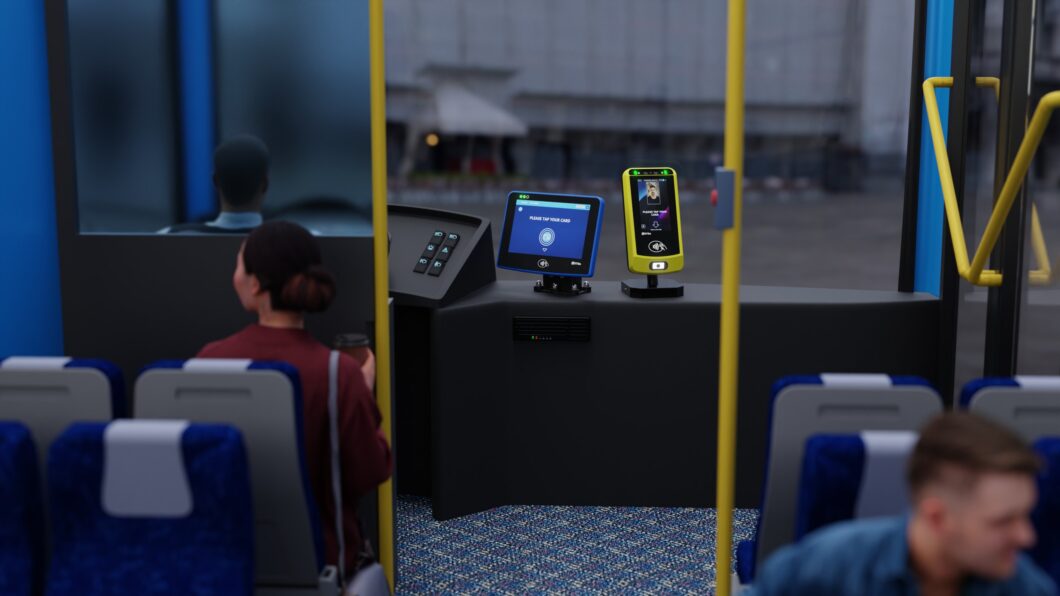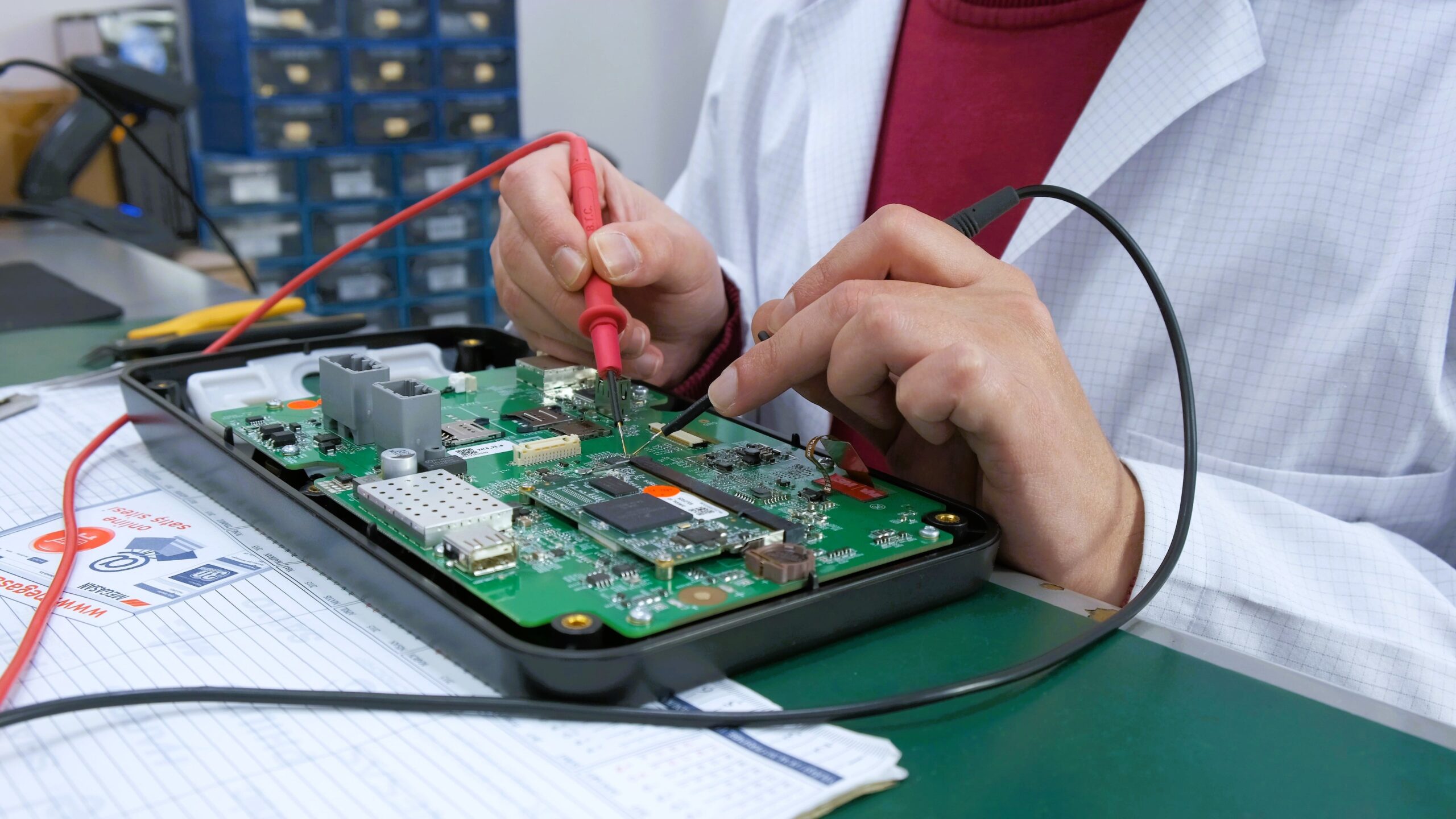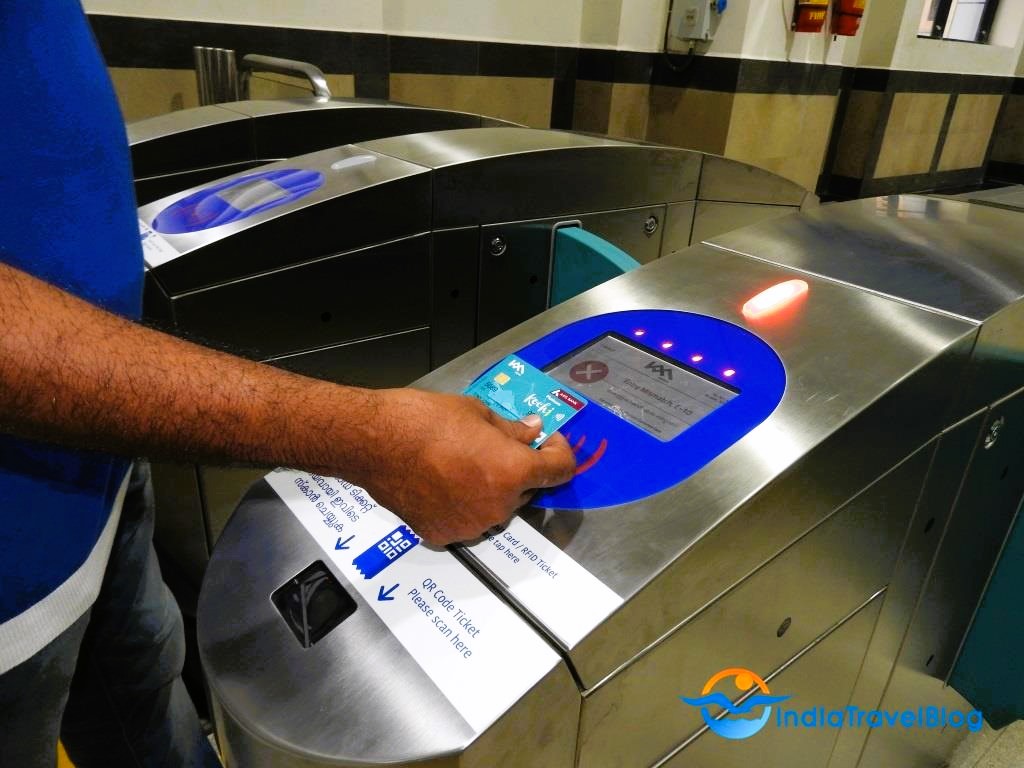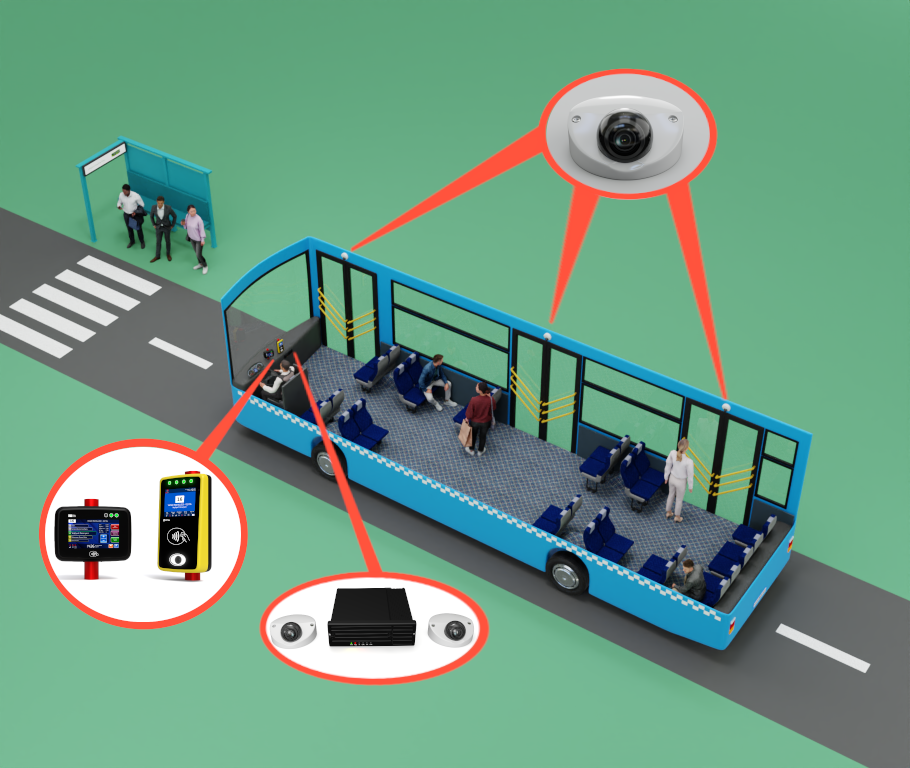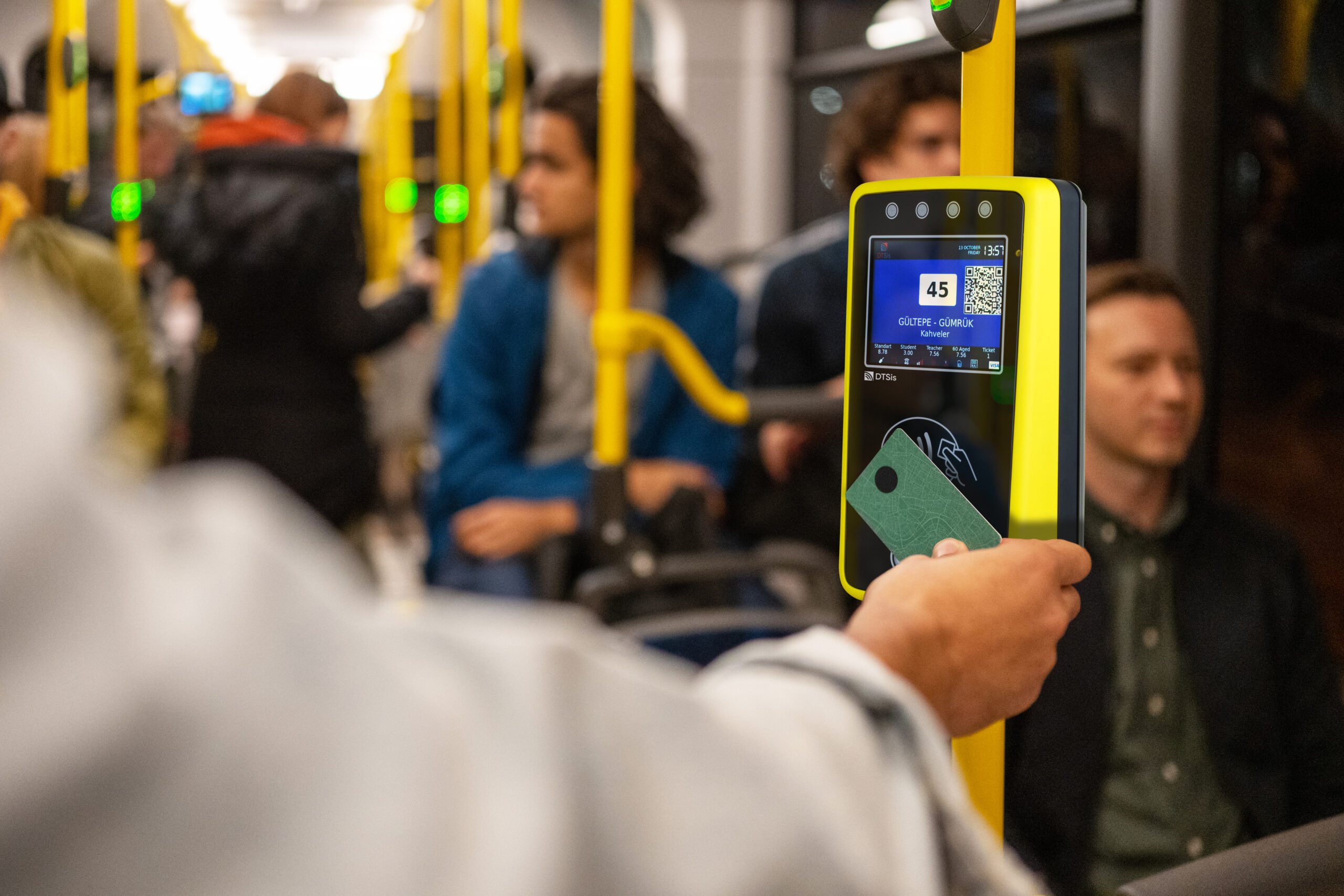As urban populations grow, Public Transit Systems face the dual challenge of maintaining efficient operations while providing a seamless user experience. RFID technology has emerged as a solution to enhance fare collection processes. RFID card readers facilitate rapid identification and validation of passenger cards, while bus validators serve as the interface for access control. This paper delves into how these components communicate effectively, ensuring secure and efficient transactions.
Understanding RFID Technology
RFID technology operates on the principles of electromagnetic fields to automatically identify and track tags attached to objects—in this case, transit cards. An RFID system consists of three primary components: a tag (the card), a reader, and a backend system.
RFID Card: Each transit card is embedded with a microchip and an antenna. The microchip stores unique identification information, which is transmitted when the card enters the reader’s electromagnetic field.
RFID Reader: The reader emits radio waves to detect nearby RFID cards. Upon detection, the reader activates the card and establishes a communication link to retrieve the stored data.
Communication Mechanism The communication between RFID card readers and bus validators follows a structured sequence of events that ensures seamless passenger processing.
Proximity Activation: When a passenger presents their RFID card near the reader, the reader activates the card via electromagnetic fields, allowing it to draw power and transmit its data.
Data Exchange: The RFID card responds by sending its unique ID and additional information, such as balance or expiration date. This exchange occurs over a short range, typically within a few centimeters.
Security Protocols: To protect sensitive data, many RFID systems employ encryption and authentication protocols. These measures ensure that the information exchanged is secure and that unauthorized access is prevented.
Diagram of RFID Communication with Bus Validator
Integration with Bus Validators
Bus validators such as Val 70 serve a vital function within the RFID system, primarily through their validation process and communication protocols. Upon receiving data from the card reader, the bus validator evaluates the card’s validity based on predetermined criteria, which typically include checking whether the card is active and possesses sufficient balance for transit use. The interaction between the card reader and validator is governed by established communication protocols, such as ISO/IEC 14443, which delineate the requirements for contactless smart cards. In some cases, proprietary protocols are employed to cater to the specific operational needs of individual transit networks. Following the validation process, the bus validator activates feedback mechanisms that provide immediate responses to the passenger. Successful validation may result in various outcomes, such as granting entry, displaying a confirmation message, or engaging a turnstile mechanism. Conversely, if validation fails, the system may generate an alert to notify the passenger, thereby enhancing the overall user experience and operational efficiency of the transit system.
Implications for User Experience and System Efficiency
The effective communication between RFID card readers and bus validators has significant implications:
Enhanced User Experience: By facilitating quick and seamless transactions, RFID systems reduce wait times and improve overall passenger satisfaction. Users can board buses without the need for cash or physical tickets.
Operational Efficiency: Transit authorities benefit from reduced operational costs associated with cash handling and increased accuracy in fare collection. The automation of these processes also enables staff to focus on other critical aspects of service.

